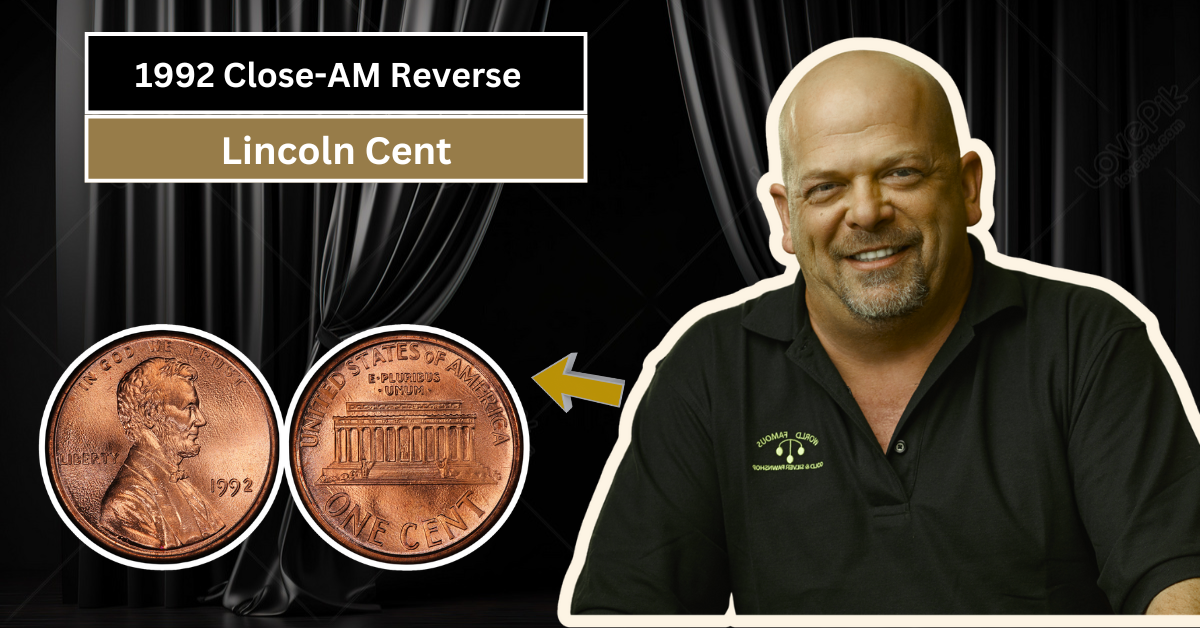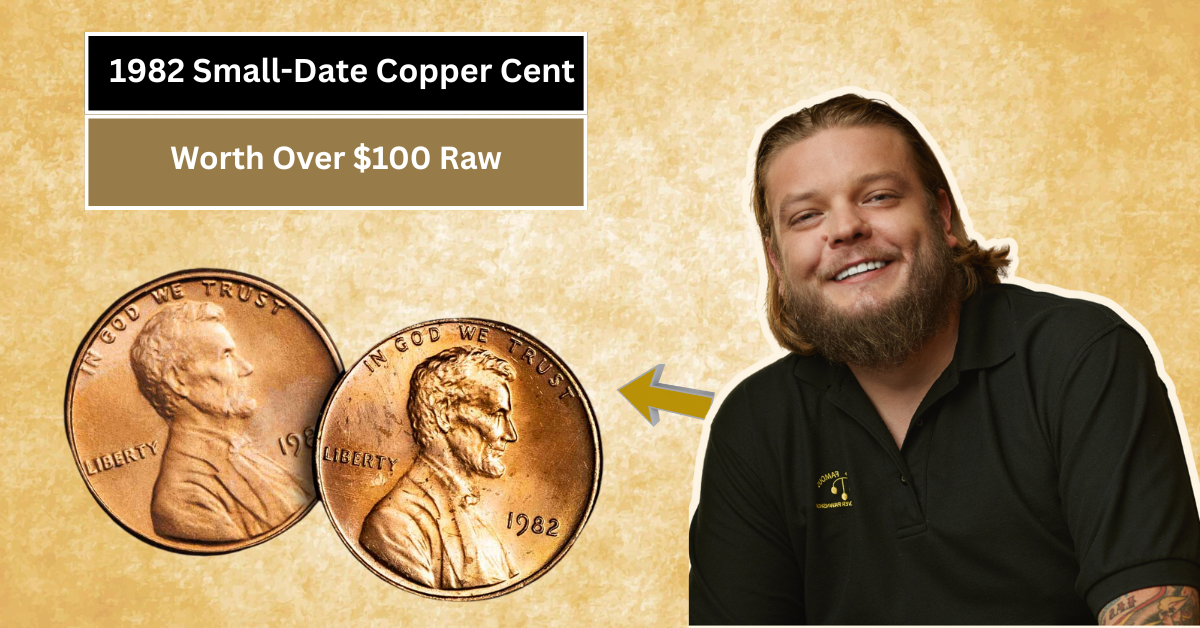Are you curious about old coins and their hidden value? You might have heard stories about a 1983 penny that could be worth as much as $15,000. Although most 1983 pennies are common and only worth their face value, a rare error version can be highly valuable. This article will explain what makes the 1983 copper transitional penny so special and how you can check if your penny might be one of these rare finds.
Collecting coins can be a fun hobby, and sometimes simple coins from your everyday life could hold surprising worth. If you have a 1983 penny, it’s worth learning how to test its metal content easily. Using a simple magnet or a kitchen scale, you can discover whether your penny is made of copper or zinc, the difference that makes all the value. Let’s dive into the story behind this rare coin and how to identify one.
What Is the 1983 Copper Transitional Penny?
This Article Includes
- 1 What Is the 1983 Copper Transitional Penny?
- 2 Why Are 1983 Copper Pennies So Valuable?
- 3 How to Identify if Your 1983 Penny Is Copper or Zinc
- 4 Using a Magnet to Test Your Penny
- 5 Using a Scale to Weigh Your Penny
- 6 Other Things to Look for When Checking Your Penny
- 7 Why You Should Check Your Old Coins
- 8 Conclusion
In 1982, the United States Mint changed the metal used to make pennies. They switched from mostly copper pennies to mostly zinc pennies with a thin copper coating. This change was to save money, but it created some interesting coins. During 1983, some pennies were still made with mostly copper instead of zinc. These pennies are called “transitional” pennies because they happened during the switch.
The 1983 pennies that are mostly copper are very rare, and most 1983 pennies you find today are mostly zinc. The copper transitional error pennies happened because the Mint accidentally used old copper planchets (the blank discs to strike coins) instead of the new zinc ones. This mistake was not common, making the copper 1983 pennies extremely valuable to collectors.
Why Are 1983 Copper Pennies So Valuable?
Most 1983 pennies you see are zinc and worth only 1 Rupee or one cent in the United States. However, the rare copper versions are worth thousands of dollars because collectors want them. Coins with errors or rare metal content are often more valuable than regular coins because they are unique and hard to find.
The 1983 copper penny is especially valuable because there were very few made, and many people do not know about it, so it is an exciting find. If you have one, it could be a collector’s treasure. Some copper pennies from 1983 have been sold for as high as $15,000, which shows how rare and prized they are.
How to Identify if Your 1983 Penny Is Copper or Zinc
Finding out if your 1983 penny is copper or zinc is easier than you might think. You don’t need any expensive testing equipment. Two simple tests—a magnet test and a weight test—can help you determine the metal content of your penny right at home.
Using a Magnet to Test Your Penny
Pennies made in 1983 are not magnetic, regardless of whether they are copper or zinc. This is because neither copper nor zinc is magnetic. However, if your penny sticks to a magnet, it might be plated with steel or a different metal, and it would not be a genuine copper transitional penny. So, if your penny sticks to a magnet, it is unlikely to be valuable.
If your penny does not stick to a magnet, continue with the weight test to check further.
Using a Scale to Weigh Your Penny
You can check the weight of your penny using a precise kitchen scale or a small digital scale. The difference in weight will help you know if it is copper or zinc. A pure copper penny from this period weighs about 3.11 grams, while a zinc penny weighs only about 2.5 grams.
To test your penny, place it on the scale and see its weight. If it weighs closer to 3.11 grams, it is likely copper and could be very valuable. If it weighs closer to 2.5 grams, it is zinc and probably just a normal penny with little value.
Other Things to Look for When Checking Your Penny
Besides metal content, the condition of the penny matters too. Collectors prefer coins that are in good shape without scratches, dents, or discoloration. Also, check the date and mint mark (usually a small letter under the date) to confirm it is an authentic 1983 penny.
It’s also good to remember that some fake coins or plated pennies exist. If your penny looks unusual, consider getting it checked by a professional coin dealer or numismatist to be sure.
Why You Should Check Your Old Coins
Many people keep old coins as souvenirs or forget about them in their wallets or drawers. However, some coins hold more value than just their face value. The 1983 copper transitional penny is a perfect example of how a small mistake at the Mint created a rare and valuable coin. By testing your penny, you might discover a hidden treasure.
Even if you don’t find a valuable coin, learning about coin collecting can be interesting and rewarding. You might find other rare coins along the way or even start a new hobby. So it’s worthwhile to check your old pennies and coins now and then.
Conclusion
The rare 1983 copper transitional penny is a fascinating part of coin collecting history. It is a rare mistake coin made mostly from copper instead of zinc, and its rarity can make it worth up to $15,000. You can easily check if your penny might be this rare coin using a simple magnet and a scale at home.
If you have a 1983 penny, take a few minutes to test it. You could be holding a valuable collectible without even knowing it. Remember, even small actions like this can open the door to amazing discoveries in the world of coins.






